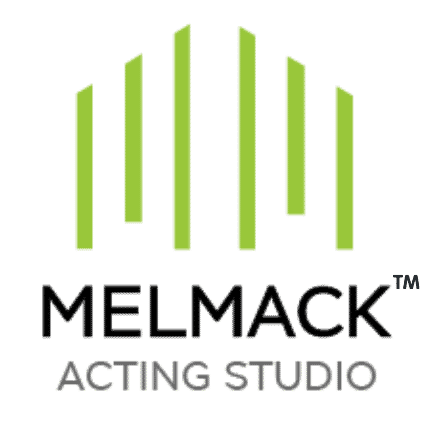There is no need to explain the importance of having great headshots! Although managers and agents are often very specific about the style of headshot they prefer, casting directors really only care that your headshot looks like you and captures your personality. The success of this depends not only on your choice of photographer, but in your ability to communicate clearly what it is you want to portray. Here are a few things to think about when you’re planning your next session.
1) Choose your photographer carefully. It’s probably not the best idea to find your photographer on a flyer stapled to a telephone pole. Use your resources. Ask agents, teachers, and fellow actors who they have worked with successfully. If you see an actor holding a headshot that you love at an audition or a workshop, ask them about it. If they recommend them, they will usually be very forthcoming about their experience and the photographer’s info. Take to social media to ask friends that you trust to give you not only a name or website, but specifics as to why you should consider who they recommend. More expensive doesn’t necessarily mean better. If it makes you more comfortable, ask for a consultation. This can be done via phonecall, Skype, or in person.
2) Know your type (and don’t fight it). The first thing I ask clients when they arrive is what character types they see themselves as. I have had actors arrive with completely written character breakdowns and I’ve had others stare at me blankly. Photographers are visual communicators. Use loglines and references from TV and film actors/characters to describe your type (i.e. stockbroker meets suburban dad or Sarah Paulson meets Kristen Wiig). Are the roles you’re seeking dramatic, comedic, quirky, TV host, stand-up, etc.? These are all descriptions that give the photographer insight to the product you are trying to sell. Most actors are seeking both a commercial headshot and a theatrical/legit headshot, and you should be able to get both out of one photo session. The main difference is that a commercial shot is bright and smiley (as if you are in a toothpaste ad) and a legit shot is non-smiling with thought behind your eyes and a connection to the camera. I like to go a step further with a third option that I call “The Indie Shot.” This is moodier with some shadow and a thoughtful, serious expression.
3) Dress to impress. Now that you know your type, choose wardrobe that will reflect it effectively. The basics rules of thumb are to avoid clothes that are all black, all white, or have loud patterns or text. Understand the subliminal messages in something as simple as the color of the shirt you’re wearing. Blue makes you look like you are blue collar or the police. Olive green can make you look military. Choose solid colors that compliment your skin tone and styles that flatter your body type. Bring several extra options of wardrobe to your shoot. The photographer will guide you to wear what will photograph best while maintaining your type. Women should definitely hire a professional makeup artist. They understand the way light affects makeup and how it will translate into 2 dimensions. For men it is acceptable to arrive with scruff/facial hair for some shots, and then shave for others.
If you follow these basic suggestions, not only will you feel more prepared and confident, so will your photographer. Say cheese!
ABOUT REX LOTT
Rex Lott is a professional headshot and fashion photographer based in New York City. His years of experience and training have provided him with the opportunity to shoot for many major NYC model and talent agencies, catalogs, ad campaigns, and countless actor’s headshots. Rex’s studio is a relaxed professional environment where his clients can feel comfortable and beautiful. Check out his website!
